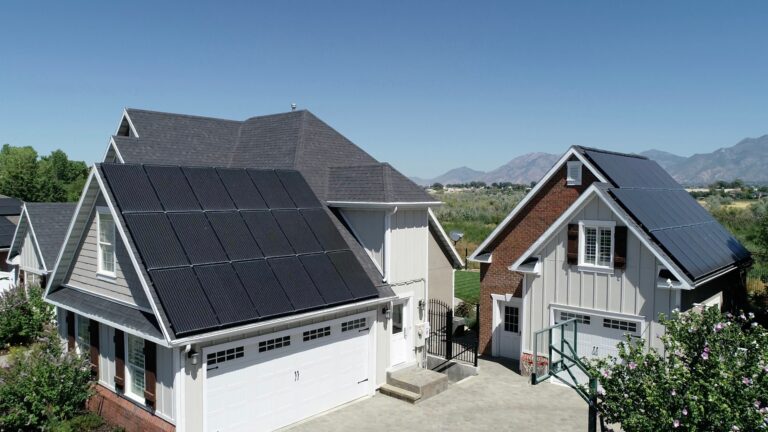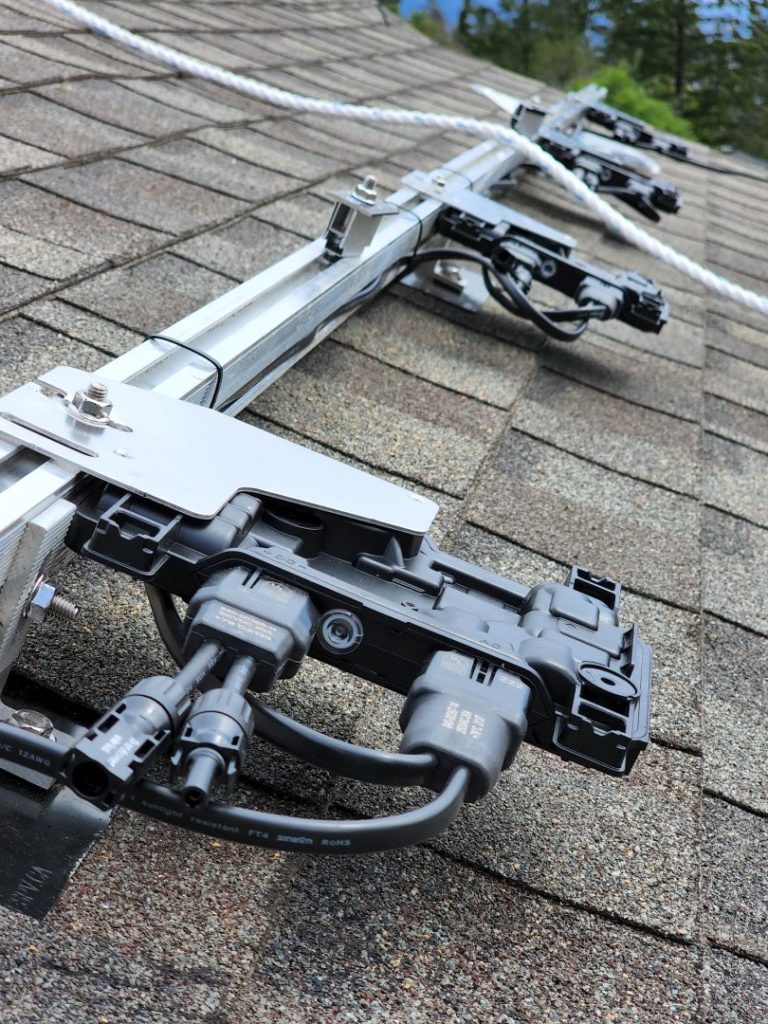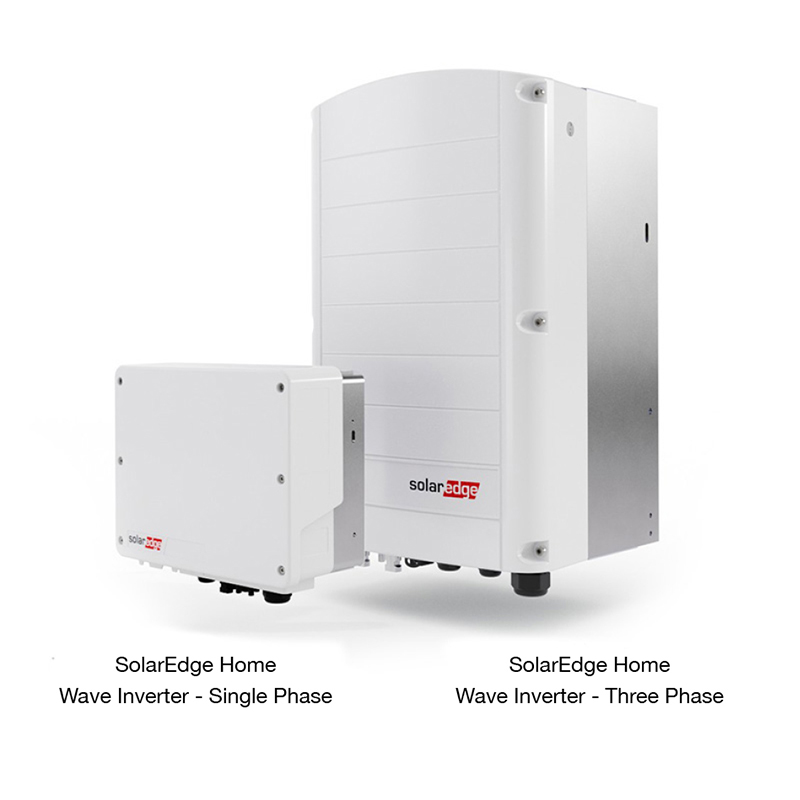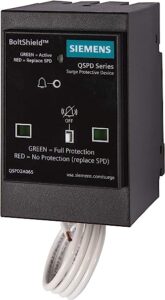
Introduction
Choosing the right inverter is crucial to get the most out of your solar system. In this article, we’ll compare the two most common types of inverters used in residential solar systems – microinverters and string inverters – to help you make an informed decision. By understanding the pros and cons of each type, you’ll be able to choose the inverter that best suits your needs and budget. Let’s dive in!
Key takeaways:
- Microinverters are a flexible and reliable option for residential solar systems, as each panel has its own inverter, allowing for individual panel optimization and no impact on the performance of other panels in the system.
- String inverters are a more affordable and straightforward option, as all panels are connected to a central inverter, making installation and maintenance more manageable.
- The choice between microinverters and string inverters will depend on your specific needs, such as the size of your system, shading, and your budget.
- Working with a reputable solar installer can help you make an informed decision about which inverter is best for your system.

Microinverters
Microinverters are a small inverter installed on each individual solar panel. This means that each panel has its own inverter, which allows for greater flexibility in system design and optimization. Because each panel is independent, shading or damage to one panel will not affect the performance of the other panels. Microinverters also allow for easy monitoring of individual panel performance.
Advantages of Microinverters
Microinverters offer several advantages, including:
- Flexibility in system design and optimization
- Reliability
- Easy monitoring of individual panel performance
- Greater energy production potential
Disadvantages of Microinverters
The main disadvantage of microinverters is their higher cost compared to string inverters.

String Inverters
String inverters are larger inverters that are installed at a central location and connected to multiple solar panels in a series, or string. This means that all the panels in the string are connected to one inverter. While string inverters are generally less expensive than microinverters, they can be less efficient, as the performance of the entire string is dependent on the performance of the weakest panel in the string. In addition, shading or damage to one panel in the string can significantly reduce the performance of the entire string.
Advantages of String Inverters
String inverters offer several advantages, including:
- More affordable than microinverters
- Easier to install
- Fewer components needed
Disadvantages of String Inverters
The main disadvantage of string inverters is their lack of flexibility in system design and optimization. Additionally, if there is shading or damage to one or more panels in the string, it can significantly reduce the performance of the entire string.
Choosing the Right Inverter
When choosing an inverter, it is essential to consider factors such as system design, shading, reliability, and cost. The choice between microinverters and string inverters will depend on the specific needs and constraints of the solar system. Working with a reputable solar installer can help you understand the advantages and disadvantages of each type of inverter and choose the inverter that is best for your system.
Conclusion
In conclusion, both microinverters and string inverters have their advantages and disadvantages. Microinverters offer greater flexibility and reliability, while string inverters are generally less expensive and easier to install. The choice between the two will depend on the specific needs and constraints of the solar system. When choosing an inverter, it is important to consider factors such as system design, shading, reliability, and cost. Working with a reputable solar installer can help you understand the advantages and disadvantages of microinverters and string inverters, and help you choose the inverter that is best for your system.
Learn more about what brands of inverters are good check out our article here.


